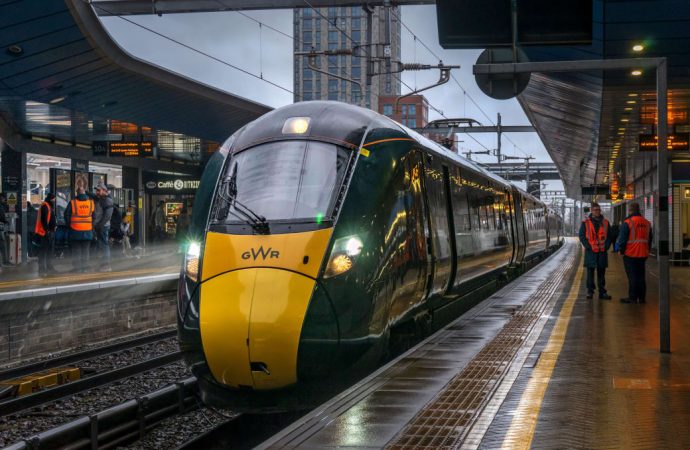Introduction In a move aimed at easing the burden on commuters, the UK government has implemented a cap on rail fare increases, limiting the raise to 4.9%. This article delves into the implications of this decision, offering insights into the reasons behind the cap, its impact on daily commuters, and the broader context of public
Introduction
In a move aimed at easing the burden on commuters, the UK government has implemented a cap on rail fare increases, limiting the raise to 4.9%. This article delves into the implications of this decision, offering insights into the reasons behind the cap, its impact on daily commuters, and the broader context of public transportation policies.
Understanding the Cap:
The decision to cap rail fare increases at 4.9% is a response to the concerns of everyday commuters facing the challenges of rising living costs. The government’s aim is to strike a balance between ensuring the financial sustainability of the rail network and preventing an undue burden on those relying on public transportation.
Reasons Behind the Cap:
1. Affordability for Commuters:
By capping fare increases, the government aims to make public transportation more affordable, particularly for those who rely on trains for their daily commutes. This move aligns with the commitment to prioritize the financial well-being of citizens.
2. Economic Considerations:
In the wake of economic uncertainties, the government recognizes the need to support individuals and families. Limiting fare increases contributes to overall economic stability by mitigating the impact of rising transportation costs.
3. Public Opinion and Accountability:
Public perception plays a crucial role in policymaking. The government’s decision to cap rail fares reflects a responsiveness to public concerns and a commitment to being accountable to the needs of the people.

Image by: https://www. scots man.com
Implications for Commuters:
1. Financial Relief:
Commuters can expect a degree of financial relief as the capped fare increase prevents a steep rise in transportation costs, especially important for those who heavily depend on rail services.
2. Enhanced Accessibility:
Affordable transportation enhances accessibility, making it easier for individuals from various socioeconomic backgrounds to access education, employment, and other opportunities facilitated by public transit.
3. Positive Social Impact:
The decision has positive social implications by promoting inclusivity and reducing the economic barriers associated with commuting, fostering a more equitable and accessible public transportation system.
Comparative Table: Rail Fare Increase Cap
| Aspect | Previous Approaches | Current 4.9% Cap |
|---|---|---|
| Fare Increase Limit | Varied percentages | Uniform cap at 4.9% |
| Government Priorities | Economic stability | Balancing affordability and sustainability |
| Public Response | Mixed reactions | Positive reception for addressing commuter concerns |
Conclusion:
As the UK government takes a proactive stance in curbing rail fare increases, the impact on everyday commuters and the broader public transportation landscape comes into focus. Stay informed as we navigate the evolving dynamics of transportation policies, providing you with updates and analyses on how these decisions shape the daily lives of citizens across the United Kingdom.

















Leave a Comment
Your email address will not be published. Required fields are marked with *